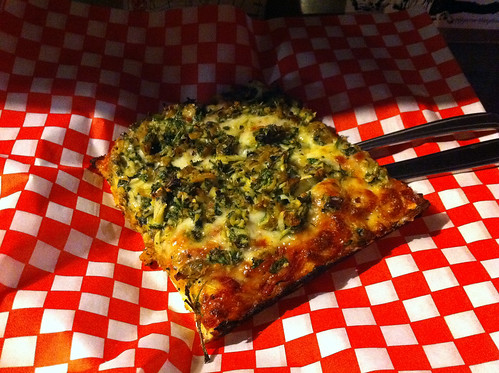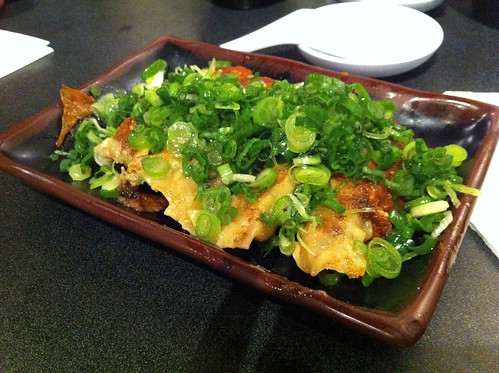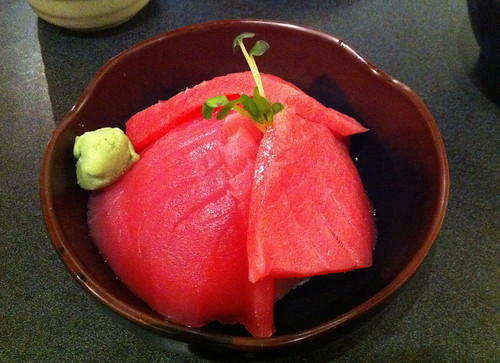I’ve been on the hunt for good Turkish food ever since I visited Istanbul four years ago. Turkish food in the US is often more bland than what I tasted in Turkey — the produce isn’t as fresh, and the spices aren’t as powerful.
At Turkish Kitchen in downtown Berkeley, though, I finally found the taste of Istanbul I’d been craving. I met up with my friend Navid one evening, and we sat down for a meal of beyti and manti, washed down with ale.
Beyti is like a sandwich, only saucier and more delicious. Ground lamb kabab are wrapped in lavash and covered with a mouthwatering tomato and yogurt sauce. At Turkish Kitchen, the beyti was served with a delicately seasoned rice pilaf.
The manti didn’t disappoint, either. Manti are Turkish dumplings, filled with ground beef, onions, and spices. These were served with a yogurty, garlicy sauce. Manti can be found in various iterations throughout much of Asia: in Afghanistan, they’re manto and often include dried mint or split peas. In Korea, they’re mandu and can be served with soy sauce and vinegar.
Service is friendly and casual at Turkish Kitchen. The food has been solid during most of my visits, though not without a couple of misses (I’m looking at you, doner kabab). Stick with the beyti and manti, though (with a side of ayran, or Turkish yogurt drink), and you’ll easily be transported back to Istanbul.











